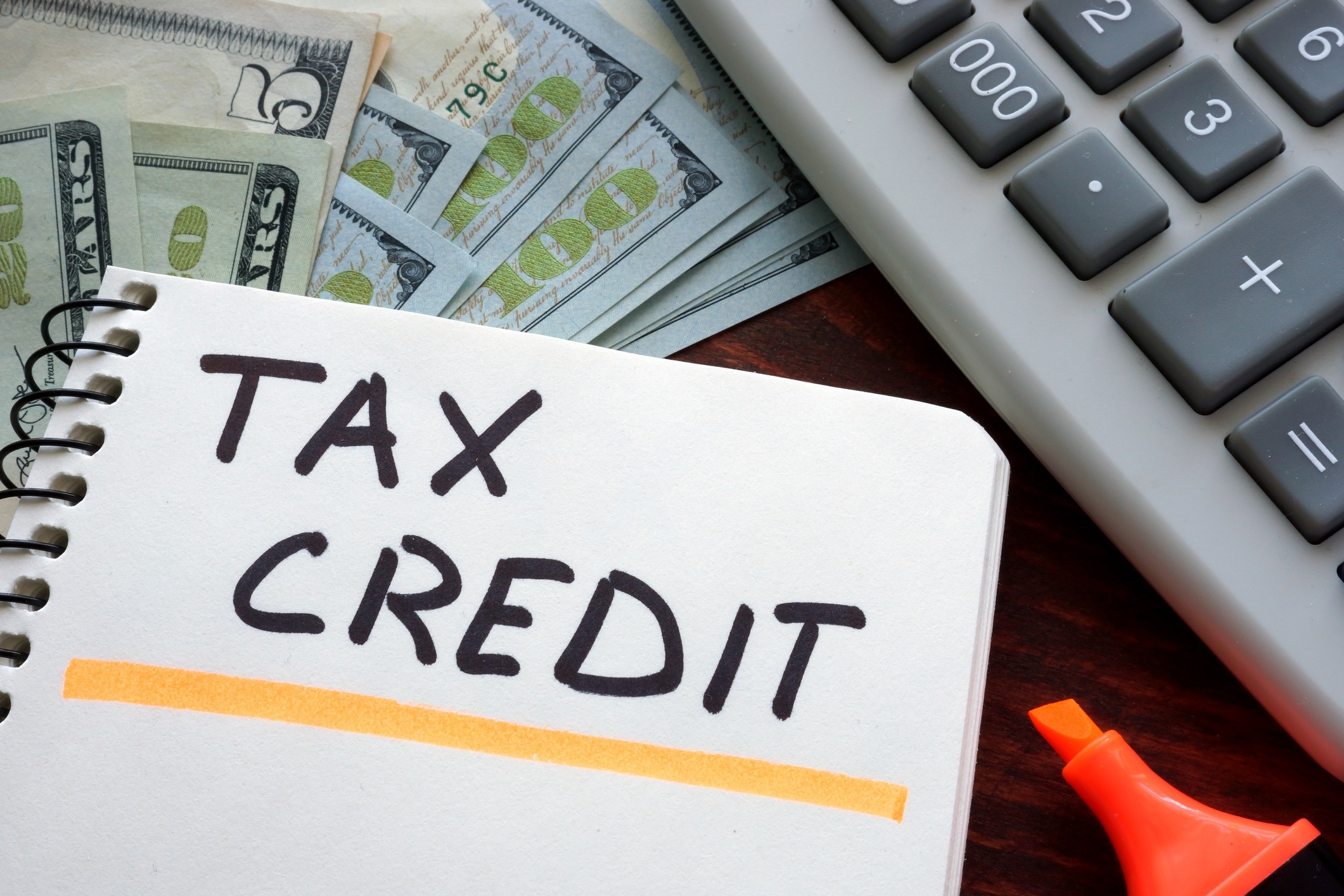Americans will often use every tool at their disposal to help shelter their hard-earned money from Uncle Sam.
One of the most popular ways of doing this is to utilize a 401(k) plan, a widely accessible retirement savings vehicle that provides its users with more control over how and when they pay taxes. Another incentive of 401(k)s (and a variety of other qualifying retirement plans) is the Saver’s Credit, a special tax break available to many low- and moderate-income Americans.

The amount of the credit is equal to 50%, 20%, or 10% of a given year’s retirement plan contributions up to $2,000 ($4,000 if married and filing jointly), depending on the adjusted gross income reported on your Form 1040 series return. Although the ceiling for the tax credit has not changed in quite some time, the income ranges for determining eligibility have increased during the past few years due to an uptick in household inflation. Some members of Congress have suggested ways to improve the Saver’s Credit, but this tax incentive in its current form is already a great tool that too many people fail to utilize. In fact, an updated Transamerica study revealed that only 43 percent of U.S. households are even aware of this tax break.

On the bright side, that is a marked improvement from just a few years ago, and Gen-Y and Gen-Z were by far the most likely age groups to be aware of the Saver’s Credit. The latter is especially encouraging since it has repeatedly been demonstrated that the sooner a person begins saving for retirement the better, and younger workers just starting their careers often fall in the income range that allows them to claim the Saver’s Credit. Transamerica’s Catherine Collinson added that “The Saver’s Credit is a tax credit in addition to the benefit of tax-advantaged savings when contributing to a 401(k), 403(b), or IRA. Many eligible retirement savers could be confusing these two incentives simply because the idea of a double tax benefit sounds too good to be true.”

Most importantly, since it is December it is worth noting that contributions must be made to 401(k)s, 403(b)s, 457s or the federal government’s Thrift Savings Plan by the end of the calendar year to qualify for the Saver’s Credit. Retirement savers using IRAs, though, have until April 15, 2022 to make contributions that could qualify them for the Saver’s Credit for tax year 2021.
What To Watch This Week:
Monday
- Leading Indicators 10:00 AM ET
Tuesday
- 20-Yr Bond Auction 1:00 PM ET
Wednesday
- MBA Mortgage Applications 7:00 AM ET
- GDP 8:30 AM ET
- Chicago Fed National Activity Index 8:30 AM ET
- Consumer Confidence 10:00 AM ET
- Existing Home Sales 10:00 AM ET
- EIA Petroleum Status Report 10:30 AM ET
- 5-Yr TIPS Auction 1:00 PM ET
Thursday
- Durable Goods Orders 8:30 AM ET
- Jobless Claims 8:30 AM ET
- Personal Income and Outlays 8:30 AM ET
- New Home Sales 10:00 AM ET
- Consumer Sentiment 10:00 AM ET
- EIA Natural Gas Report 10:30 AM ET
- 2-Yr Note Announcement 11:00 AM ET
- 5-Yr Note Announcement 11:00 AM ET
- 7-Yr Note Announcement 11:00 AM ET
- Baker Hughes Rig Count 1:00 PM ET
- SIFMA Early Close 2:00 ET
Friday
- Christmas Eve
- All Markets Closed





